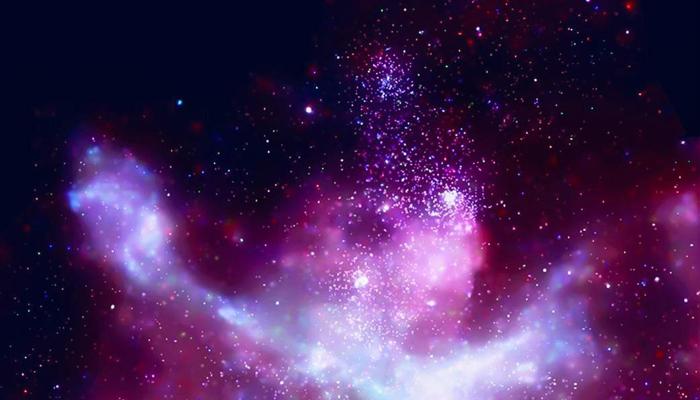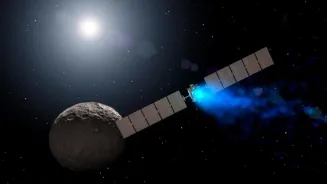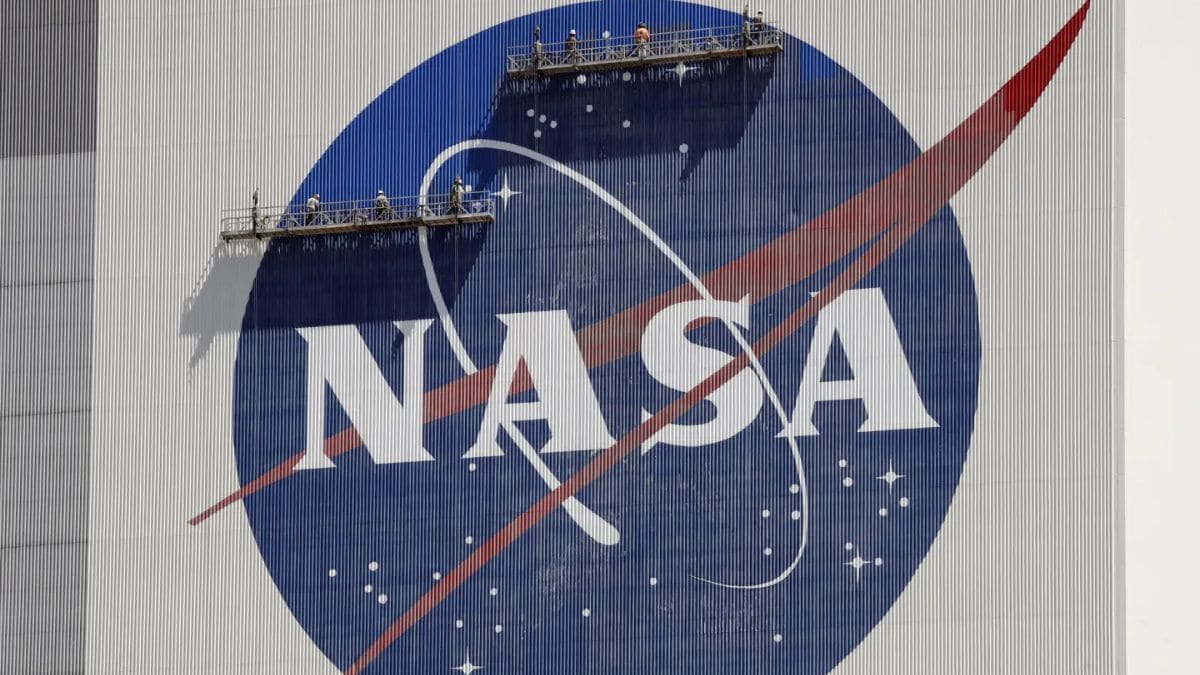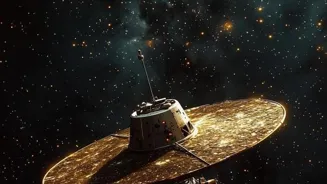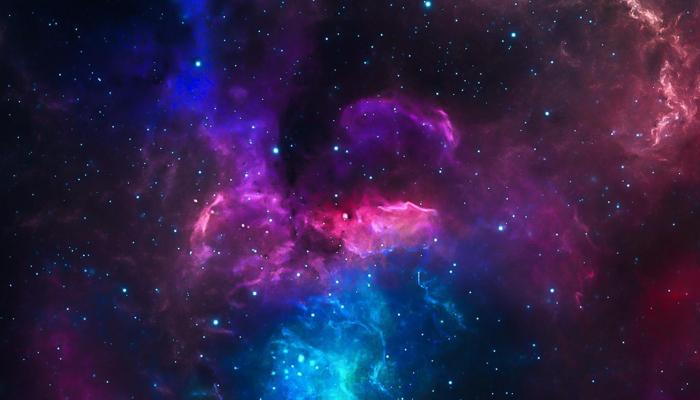Unravel the mysteries of Voyager's Journey and humanity's cosmic discoveries. Dive into the legacy of these iconic spacecraft
Fifty years ago, in 1977, two spacecraft, Voyager 1 and Voyager 2, embarked
on a journey like no other. Their mission was simple: to explore the outer planets of our solar system – Jupiter, Saturn, Uranus, and Neptune. But their impact has been anything but simple.
These plucky probes have travelled farther than any human-made object, venturing into interstellar space, the realm between stars. What have they taught us about our cosmic neighbourhood and ourselves? Let's take a closer look.
Voyager missions revolutionized planetary science with close-up images of gas giants
One of the biggest achievements of the Voyager missions was the detailed images and data they sent back of the gas giants. Before Voyager, we only had blurry telescopic views of these planets.
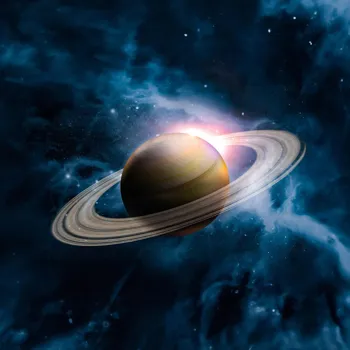
Voyager 1 and 2 gave us close-up pictures of Jupiter's swirling storms, including the Great Red Spot, a storm bigger than Earth. They also revealed the intricate rings of Saturn, not just as simple bands, but as complex systems made of countless icy particles.
We learned about the active volcanoes on Jupiter's moon Io, spewing sulfurous material into space, and the possibility of a liquid ocean beneath the icy crust of Europa. These discoveries revolutionized our understanding of these distant worlds.
It's amazing to think these spacecraft, built with technology from the 1970s, are still teaching us new things. The data they collected continues to be studied by scientists around the world today.
This information helped them paint a clearer and more colorful picture of our solar system and that continues to influence planetary science.
Voyager spacecrafts give insights into interstellar space
Voyager's journey beyond the planets brought even more surprises. In 2012, Voyager 1 crossed the heliopause, the boundary where the Sun's influence ends and interstellar space begins. Voyager 2 followed suit in 2018.
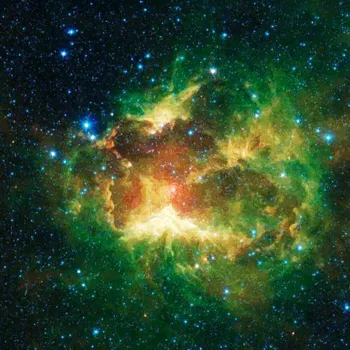
These crossings gave us the first direct measurements of the interstellar medium, the stuff that fills the space between stars. We learned about the density of plasma, the strength of magnetic fields, and the abundance of cosmic rays in this region.
This information is crucial for understanding the environment our solar system travels through as it orbits the galaxy. It also provides valuable data for understanding the potential dangers and opportunities that interstellar travel might present in the future, even though it is distant in time.
It is a great feeling to look towards the future.
Voyager missions carry Golden Record to connect with extraterrestrial life
The Voyager missions weren't just about science; they also carried a message from humanity. Each spacecraft carries a Golden Record, a phonograph record containing sounds and images selected to portray the diversity of life and culture on Earth.
These records include greetings in multiple languages, music from different cultures, and images of human anatomy, landscapes, and everyday life. The idea was to provide a snapshot of humanity for any extraterrestrial civilization that might encounter the Voyager spacecraft someday.
While the chances of such an encounter are incredibly small, the Golden Record symbolizes our hope for communication and connection beyond our planet. It shows that we are constantly looking out and beyond ourselves and hopefully that will lead to a better future.
Voyager missions showcase human potential in space exploration
The Voyager missions demonstrate that even with limited resources and technology, we can achieve incredible things. The spacecraft were designed to last only a few years, but they have been operating for nearly half a century.
This longevity is a testament to the ingenuity and dedication of the engineers and scientists who built and operated them. The Voyager missions have also inspired generations of scientists, engineers, and explorers.
They show us that the universe is vast and full of wonders waiting to be discovered. They remind us that exploration is a fundamental human drive, and that pushing the boundaries of our knowledge can lead to unexpected and transformative breakthroughs.
With the current knowledge we have, it goes on to create and open up a new world.
The enduring legacy of Voyager spacecraft exploration
Despite their age, the Voyager spacecraft continue to send back data about their surroundings; as they slowly run out of power their signals will eventually fade into the cosmic background noise. But the legacy will go on helping build a foundation for all the future exploration.
The Voyager missions have provided us with a unique opportunity to witness the birth, life, and eventual end of a scientific endeavor. They have taught us about the power of human curiosity, the beauty of the universe, and our place within it.
As we continue to explore the cosmos, we will always remember the little spacecraft that dared to venture into the unknown. The Voyager missions are a reminder that even the smallest steps can lead to giant leaps.
AI Generated Content. Glance/InMobi shall have no liability for the content